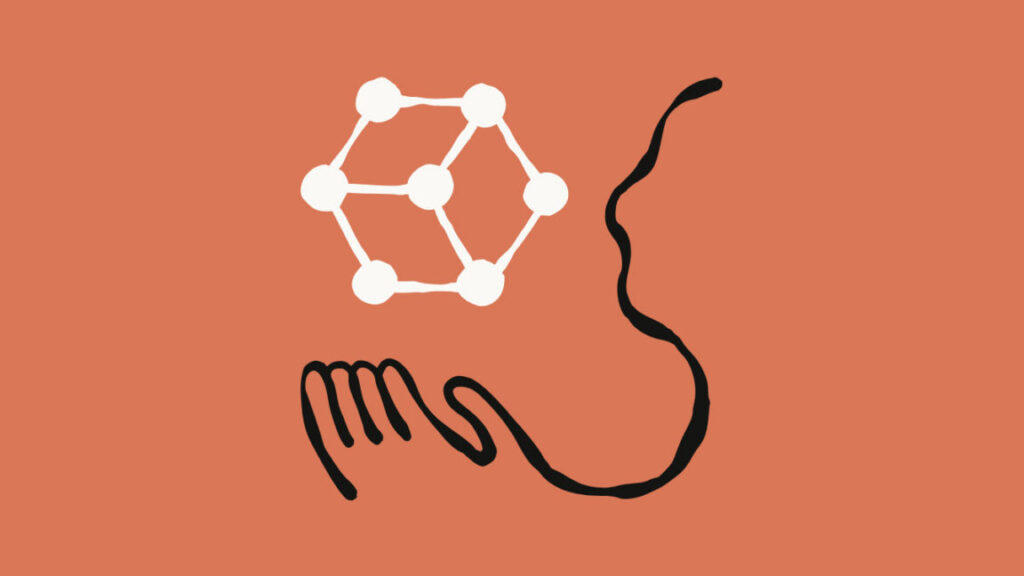The recent launch of Claude 4.5 by Anthropic marks a significant advancement in the AI landscape, particularly for developers and businesses seeking reliable automation and assistance tools. By retaining the pricing structure established with Claude Sonnet 4—$3 per million input tokens and $15 per million output tokens—Anthropic provides a competitive edge while enhancing the platform’s capabilities. As businesses increasingly turn to AI for automating tasks, understanding the nuances of various platforms becomes crucial to optimize performance and maximize return on investment.
One of Claude 4.5’s prominent features is the integration of advanced functionalities that allow for code execution and file creation directly within its web interface and dedicated applications. This development addresses a significant gap within AI communication tools, enabling users to create spreadsheets, presentations, and documents without interrupting the workflow. This may enhance productivity for firms that rely on automation for administrative tasks, providing a streamlined process through a singular interface.
When comparing Claude to established automation platforms like Zapier and Make, it becomes paramount to analyze the strengths and weaknesses of each. Zapier excels in its wide range of compatible apps and ease of use, allowing users with limited technical expertise to set up automated workflows quickly. However, its reliance on trigger-action sequences can become cumbersome for complex automations, resulting in inefficiencies when dealing with disparate applications. The introduction of Claude’s diverse capabilities, including in-depth conversation support, suggests it may fill some of these gaps by providing a more integrated approach, but any true cost-benefit analysis must account for the learning curve associated with adopting new tools.
Meanwhile, Anthropic’s advancements also reflect a strategic focus on minimizing undesirable AI behaviors, such as sycophancy and delusions. As AI chatbots gain traction as general assistants, the characteristics that enhance or detract from user experience become more pronounced. Users have reported mixed experiences with some AI platforms where outputs are overly positive, creating a misleading sense of validation regardless of content quality. With the improvement claims surrounding Claude’s reduced tendencies towards these behaviors, it positions itself favorably, especially in environments where decision-making relies heavily on accurate, unambiguous input.
In contrast, OpenAI continues to dominate the general-purpose AI landscape with tools like ChatGPT, especially given its extensive public exposure and support for a variety of tasks. However, its high-profile nature can sometimes lead to challenges with reliability and performance consistency; users have reported hallucinations or inaccuracies in outputs. While OpenAI has made strides to manage these issues, Anthropic’s approach towards reducing inaccuracies and bringing a more measured tone in its interactions could appeal to businesses seeking dependable AI solutions.
Cost effectiveness is a vital consideration for SMB leaders when assessing the adoption of AI platforms. While the pricing model introduced by Anthropic remains attractive, especially when compared to the often higher tiers of cloud services offered by similar platforms, the complete cost of ownership must be evaluated. Potential hidden costs in developer hours for setup, maintenance, and troubleshooting should be accounted for, particularly for businesses that may lack in-house technical expertise.
The ROI potential of utilizing AI platforms strictly for automation also warrants attention. In the age of digital transformation, the efficiency gains from AI can be substantial. However, businesses must navigate the nuances of scaling these solutions effectively. Claude’s added features such as memory tools for long-duration tasks and context editing could present valuable enhancements for ongoing projects, providing a layer of adaptability that may translate to cost savings in project timelines—an essential factor for SMBs aiming to stay competitive.
In summary, as businesses navigate their automation strategy, understanding the strengths and weaknesses of platforms like Claude, OpenAI, Zapier, and Make is critical. Claude 4.5 presents an integrated alternative that may provide added value in streamlining workflows while minimizing inaccuracies in AI interactions. However, organizations must carefully assess their specific needs and existing technology ecosystems to ensure the best fit, weighing operational efficiency against the total cost of ownership.
FlowMind AI Insight: The landscape of AI-driven tools is rapidly evolving, presenting both opportunities and challenges for SMB leaders. A focused evaluation of these platforms should prioritize not merely cost savings but also how well each aligns with organizational workflows and user expectations, ultimately driving tangible business outcomes.
Original article: Read here
2025-09-29 22:10:00

